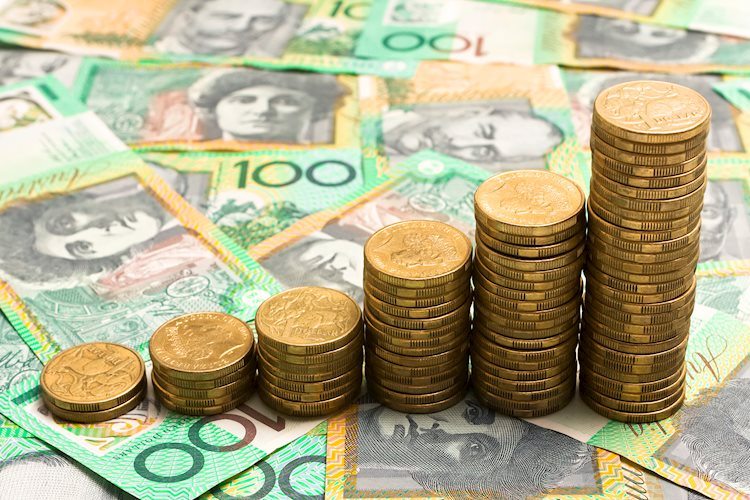The AUD/USD pair faced selling pressure on Thursday due to a surge in demand for the US Dollar. Factors weighing on the Australian Dollar include concerns about China’s economic slowdown and diminishing prospects for further rate hikes by the Reserve Bank of Australia (RBA). A positive risk sentiment in the market could help limit further losses for the Aussie ahead of the release of the key US Nonfarm Payrolls (NFP) report on Friday.
Following an intraday increase to the mid-0.6500s, the AUD/USD pair dropped to a fresh daily low in the European session, trading around the 0.6515 region. The strong comeback of the US Dollar, following the FOMC policy decision, has put downward pressure on the AUD/USD pair. Additionally, worries about China’s economic slowdown have undermined the Australian Dollar, as well as mixed consumer inflation figures in Australia that have reduced expectations for RBA rate hikes.
A recent private survey showed a contraction in China’s manufacturing sector in July for the first time in nine months, highlighting economic challenges. The Federal Reserve acknowledged progress on inflation and a cooling labor market, with Chair Jerome Powell indicating the possibility of an early rate cut if inflation remains in line with expectations. This has led to a decline in US Treasury bond yields, which, combined with a positive risk tone, may cap the strength of the US Dollar and offer some support to the Aussie.
Traders are likely to wait for the release of the NFP report on Friday before making aggressive bets on the AUD/USD pair. Any further decline in the pair could find support near the psychological level of 0.6500. The RBA plays a crucial role in managing monetary policy for Australia, setting interest rates to maintain price stability and contribute to economic prosperity. Inflation can impact currency values, with higher inflation potentially leading central banks to raise interest rates to attract capital inflows and strengthen the local currency.
Macroeconomic data, such as GDP, employment, and consumer sentiment surveys, can influence the value of the Australian Dollar by reflecting the health of the economy. Quantitative Easing (QE) and Quantitative Tightening (QT) are tools used by central banks like the RBA in extreme economic situations to manage liquidity and support or weaken the currency. QE involves printing money to buy assets, while QT involves reducing asset purchases and reinvestments, which can be bullish for the Australian Dollar during economic recovery.































